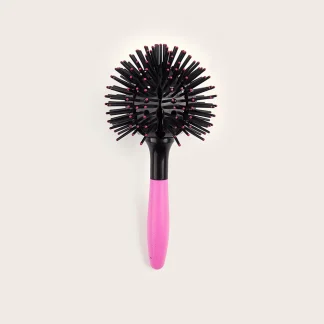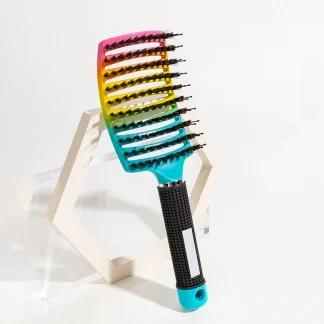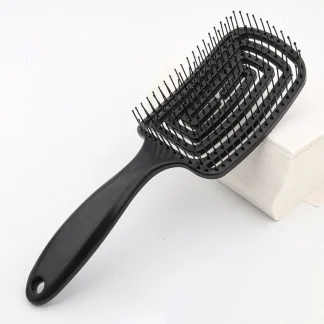Masculine Grooming Implements: Identity, and Evolution
The hair brush for men stands as more than a grooming instrument—it is a mirror of shifting ideals of masculinity, refinement, and self-expression across time. While it may seem like a modest tool tucked into bathroom drawers or travel kits, the gentlemen's hair grooming aid is deeply embedded in social history. From the warrior's comb to the gentleman’s boar-bristle styler, this simple object has chronicled centuries of change in how males see themselves and are seen by the world.
Ancient Roots: Styling Aids as a Symbol of Discipline and Status
The act of grooming coiffures has deep roots in male identity. In ancient Egypt, combs and early stylers were often found in the tombs of elite gentlemen, reflecting the belief that order and cleanliness were marks of status—even in the afterlife. Soldiers in ancient Greece and Rome, despite the ruggedness of military life, maintained strict grooming habits. An implement, or grooming comb, was a staple among their personal effects, signaling discipline and self-respect.
In Japan, samurai warriors were equally meticulous. The topknot hairstyle (chonmage) required careful maintenance, and wooden or bone-handled grooming aids were used to shape and neaten locks before they were oiled and bound. Styling, in this context, was not vanity—it was ritual.
The Medieval Man and His Mane: Tools for Upkeep
In the Middle Ages, long tresses were often associated with nobility and wisdom, and men of high rank would maintain their manes with combs made of horn or ivory. Barbers served dual roles as surgeons and grooming experts, styling and caring for their clients' coiffures with implements that smoothed rather than just arranged. Hair care among males was seen as both practical and theological: orderliness reflected inner virtue. The hair brush for men, in various forms, played its part.
Yet, as society transitioned through Renaissance opulence to the more restrained Enlightenment, masculine grooming tools evolved with fashion. Powdered wigs and hairpieces required delicate stylers to remove residue and preserve shape, indicating how these items adapted to style rather than the natural locks itself.
The 18th and 19th Centuries: The Gentleman’s Grooming Arsenal and His Stylers
The 1700s and 1800s ushered in a new age of gentlemanly culture, particularly in Western Europe. Grooming was essential not only for tidiness but for expressing refinement. Men of means owned styling sets that included brushes with natural bristles, polished handles, and ornate craftsmanship—objects that rivaled watches and cufflinks in elegance.
In Victorian England, the rise of the dandy—a man who cultivated appearance and manner with meticulous detail—gave the hair brush for men a new symbolic heft. Male vanity was no longer taboo; it was stylish. The grooming aid became a tactile tool of transformation, smoothing tresses into waves, parting locks precisely, or creating the polished looks favored in polite society.
20th Century Transitions: Mass Appeal and Masculine Norms with Grooming Implements
With the industrial revolution came the mass production of styling tools. By the early 20th century, hair stylers for males were widely available and no longer reserved for the elite. Hollywood glamorized the slicked-back hairstyles of screen icons like Clark Gable and Cary Grant, and the grooming implement became essential in achieving that suave silhouette.
The 1950s popularized pompadours and side-parts, requiring regular use of an implement to maintain structure and sheen. Men kept flat, paddle, or military-style brushes with dense bristles that worked through pomades and creams. These tools offered precision and control—qualities highly valued in mid-century masculinity.
In contrast, the 1960s and 70s brought an aesthetic revolution. Longer hairstyles, afros, and natural waves emerged in tandem with social upheaval. Coiffures were no longer something to be dominated, but expressed. Hair brushes for men with broader teeth and more flexible bristles came into vogue, acknowledging a wider variety of male mane textures. Styling techniques diversified—some groomed to tame, others to celebrate volume.
Global Perspectives: Styling Aids in Cultural Context
While Western grooming evolved with industrial trends, many global cultures retained or redefined their own traditions. In India, oiling and using a styler were daily rituals passed from father to son. Implements carved from neem wood or polished bamboo were used not only for arranging locks but for stimulating the scalp, believed to enhance mental clarity.
In many African cultures, tress care and grooming among men held social and ceremonial meaning. Brushes and combs were carved with ancestral symbols, and haircare was both a solitary and communal practice. Males wore natural curls, locs, and braids that required careful use of implements to maintain integrity without damaging curl patterns—highlighting the need for tools tailored to natural textures.
Modern Gentlemen’s Brushes: Variety Meets Identity
Today, hair brushes for men reflect the full spectrum of masculine identity—from utilitarian minimalism to expressive styling. There are vented stylers for quick-dry routines, round implements for blowouts and volume, paddle brushes for sleek finishes, and beard grooming aids that echo centuries-old traditions. For textured coiffures, detangling tools with flexible bristles respect curl patterns while managing knots, and scalp brushes promote health over style.
The modern man’s grooming routine is no longer defined by rigid norms. Whether maintaining a fade, styling a quiff, growing out natural curls, or simply keeping things neat, the hair implement is once again a personal ally—chosen based on tress type, aesthetic goals, and cultural identity.
The Beard Styler: Masculinity Rediscovered
In recent years, the beard brush has surged in popularity as a masculine staple. Echoing the importance of facial grooming seen in Victorian times, today’s beard stylers are crafted with firm bristles that exfoliate skin and tame unruly facial hair. Many modern grooming kits for men now include a dedicated implement for this purpose—recognizing the beard as not just a feature, but a lifestyle.
Symbolism and Self-Care with Men's Grooming Tools
Beyond its functionality, the hair brush for men is increasingly viewed as a symbol of self-care. In a time when mental wellness and personal rituals are prioritized, grooming one’s coiffure is no longer a mundane task—it’s meditative. A morning session with a styler sets the tone for the day; an evening detangling winds it down. These quiet moments, often overlooked, are where grooming becomes grounding.
Conclusion: The Gentleman’s Implement, Reimagined
From ancient empires to contemporary style hubs, the masculine hair grooming aid has journeyed far from its origins. It has shifted from a sign of status, to a tool of military discipline, to an emblem of personal pride. In its bristles lie not only function but history—of kings and poets, workers and rebels, fashionistas and philosophers.
Today’s men are no longer bound by a single vision of masculinity, and the stylers they choose reflect that freedom. Whether shaped for precision, volume, texture, or care, the hair brush for men continues to adapt, evolve, and endure—grooming not just through locks, but through time itself.
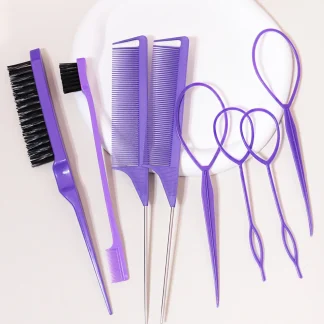
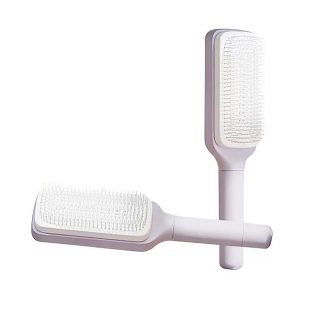
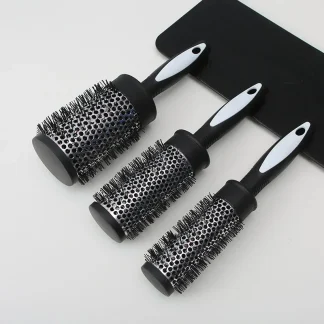
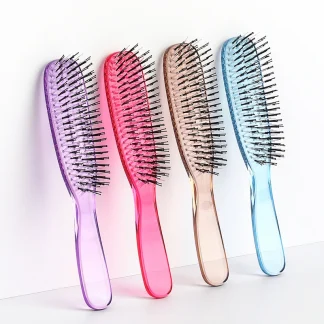
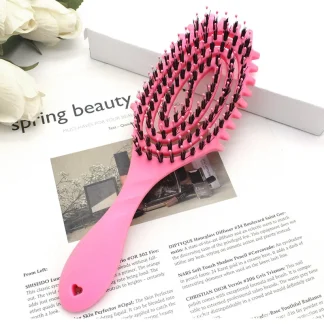
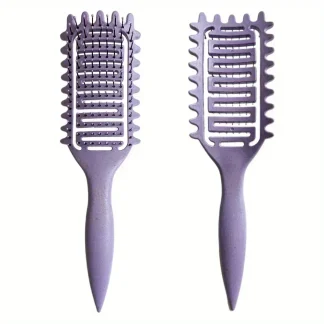
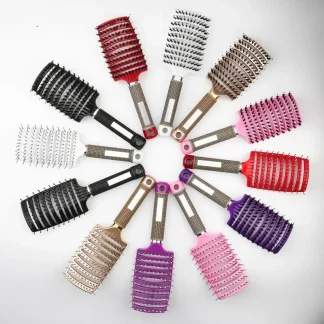 + 7
+ 7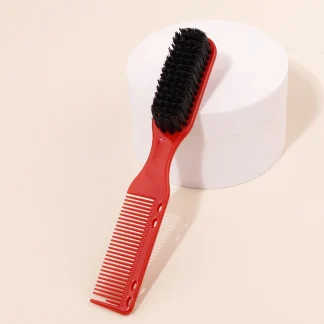
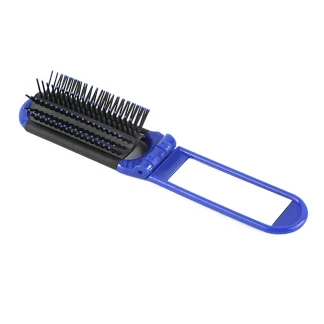
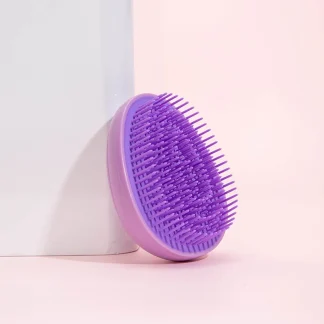

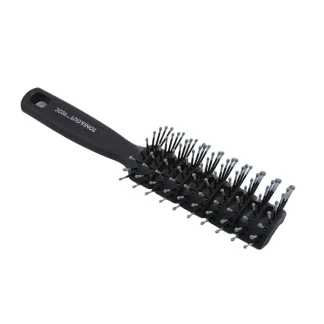
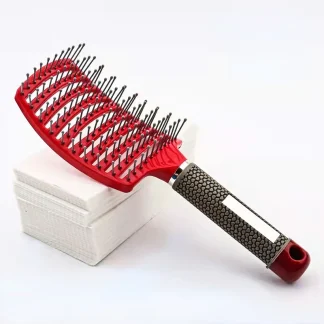
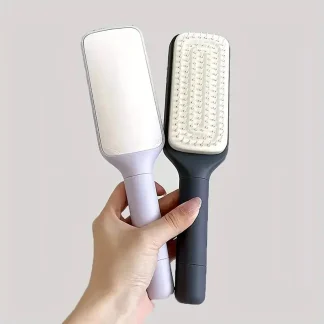
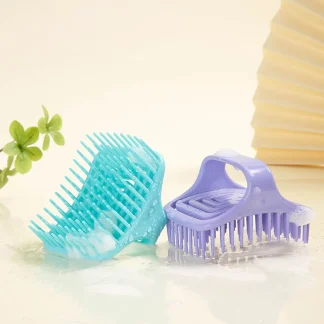
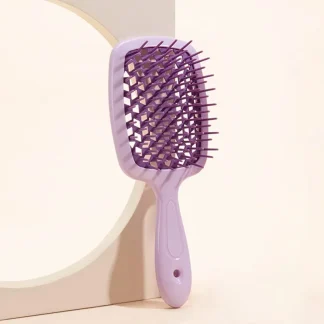 + 5
+ 5 + 6
+ 6